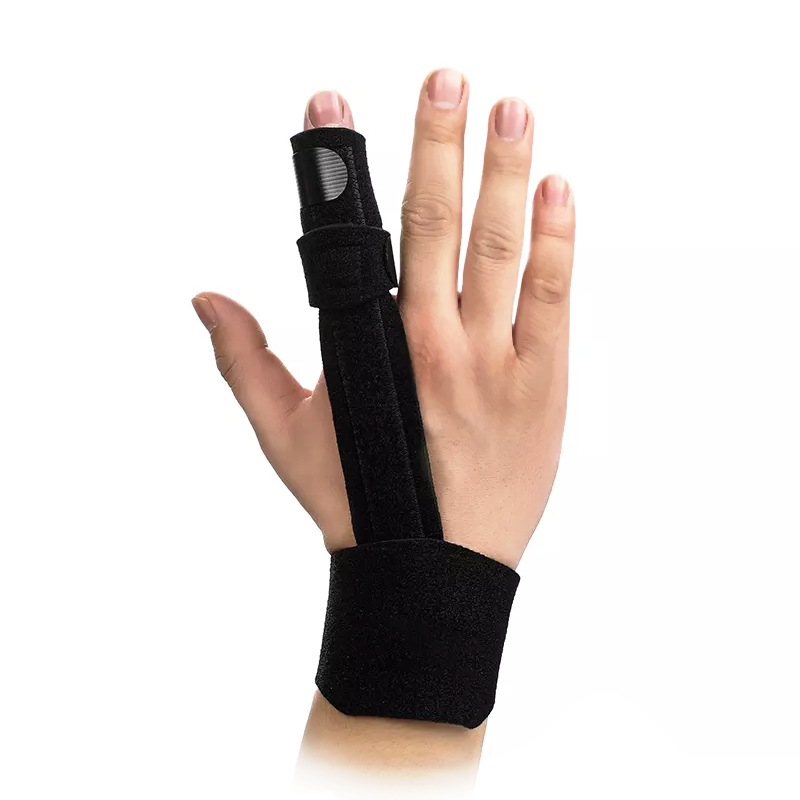No products in the cart.
RevitaFit™ Finger Stenosing Splint Support Brace
£8.99inc VAT
- 1x Finger Stenosing Splint Support Brace
- For both Men & Women
- Features fully adjustable Velcro straps that keep the finger splint securely in position and enables you to quickly adjust the support and compression of the brace
- Support any finger except for your thumbs (for thumb injuries we recommend wearing a thumb brace available here)
- Can be worn to help ease finger Stenosing, Tenosynovitis, Mallet Finger and trigger finger, Post-stroke finger curling, Arthritis and to help speed up and protect Broken, fingers, fractures and Sprained knuckles
- Features an ergonomically designed metal support splint that is designed to support your finger in a straight position helping to train the muscles and ligaments in your finger to straighten naturally and to help protect and support injured for faster more effective healing
- Provides compression proven to help increase circulation to aid the natural healing process of damaged tissue, ease aches and pain and reduce inflammation and swelling brought on by injury
- Gives the wearer a quick, convenient and pain free solution for straightening and correcting crooked, bent and curved fingers
- Made from soft, breathable and skin-friendly fabric ideal for wearing for long periods of time
- Includes a full 30 day money back guarantee!
Fast & Secure Checkout Through Paypal
Pay with Paypal the secure payment gateway that accepts all credit and debit cards. Paypal is free and secure and no credit or bank information is ever stored or shared with us.
Fast Dispatch
Enjoy your items soon with quick dispatch via Royal Mail First Class. Expect to have your items between 1-3 days for domestic orders. 7-10 Working days for international orders.
Return Policy – 30 Day Money Back Guarantee
We are so confident that you will just love our product that we offer a full 30 day money back guarantee. In the unlikely event, you are unhappy with your purchase you can simply return it within 30 days for a refund. Please contact us via the form on the contact us page to start your return.
To return an item please send it to: Nuova Health UK, 81 Highfield Lane, Waverley, Rotherham, S60 8AL. Please include a note with your order id so we know who to refund. Please retain your postage receipt as proof of postage. All that we ask is that the item is in the original packaging and unused.





Reviews
There are no reviews yet.